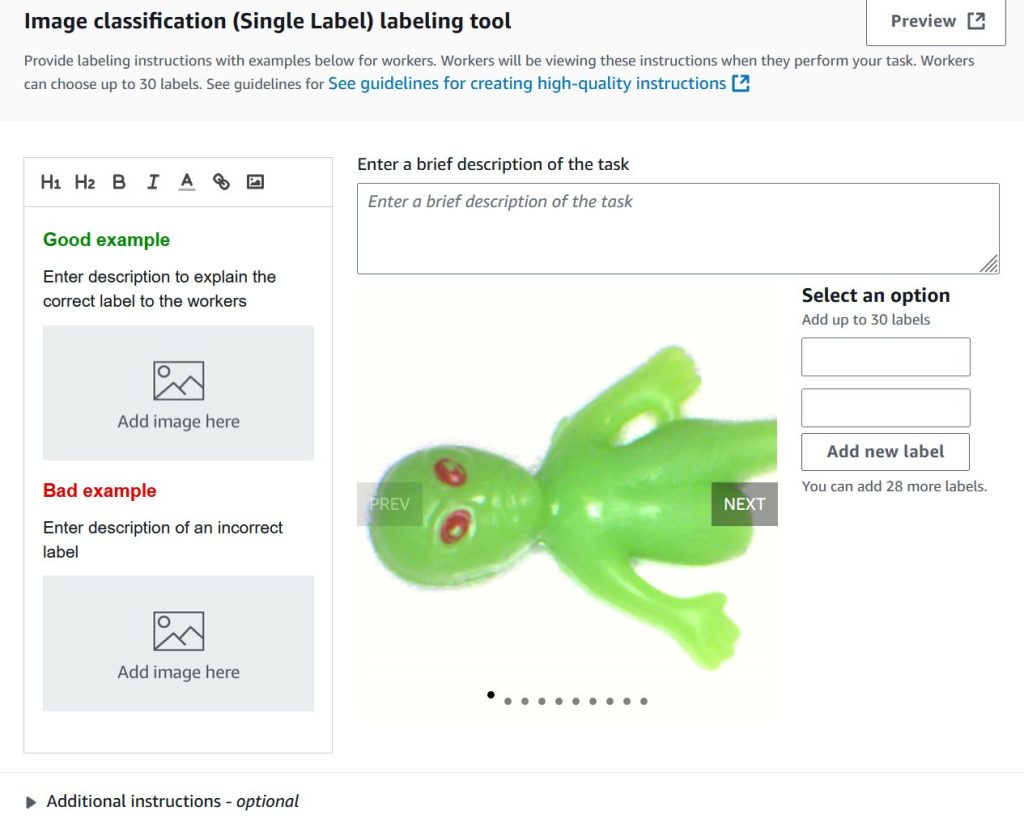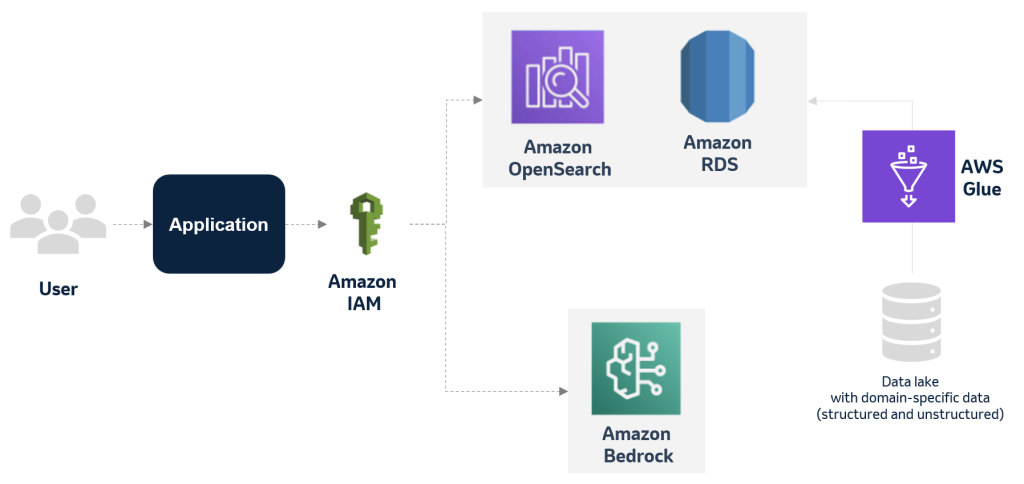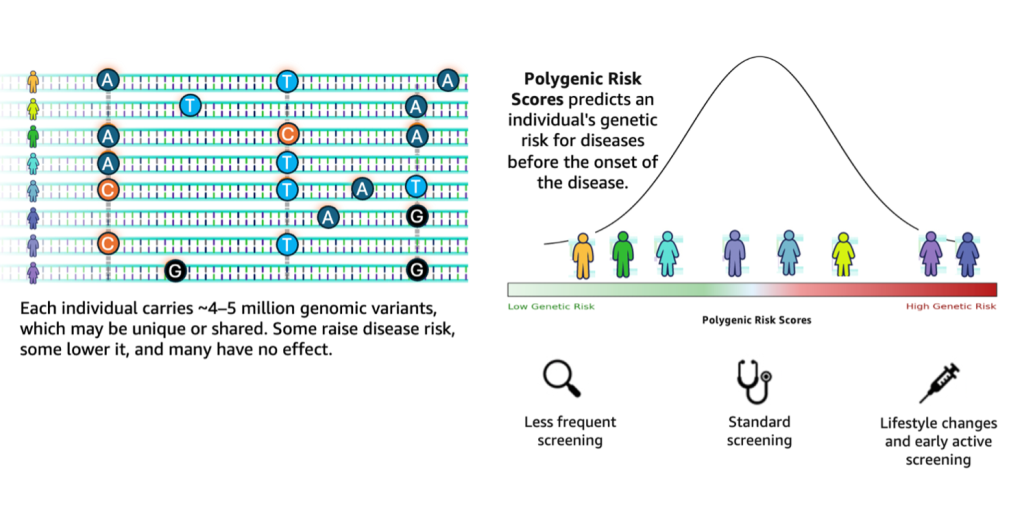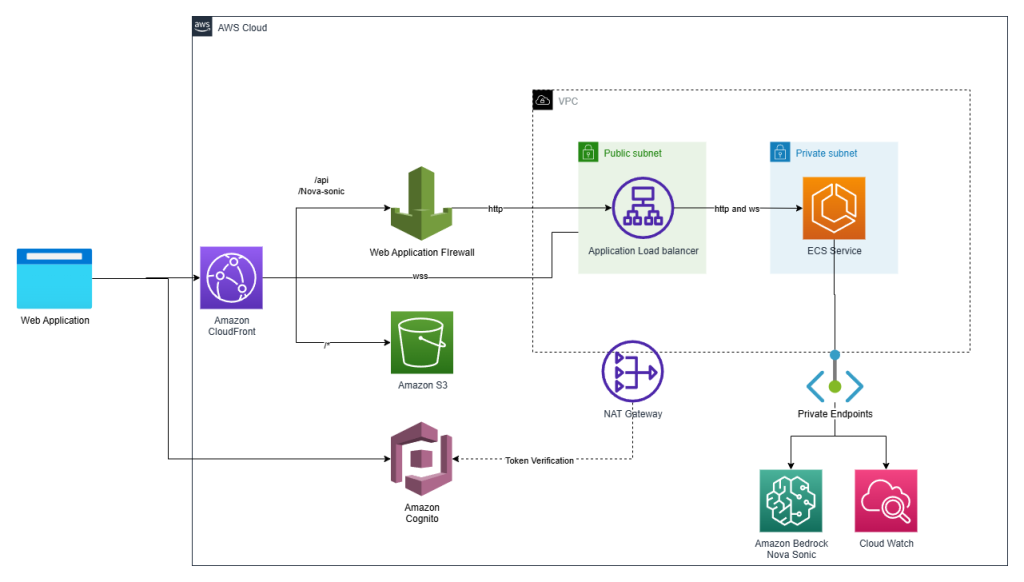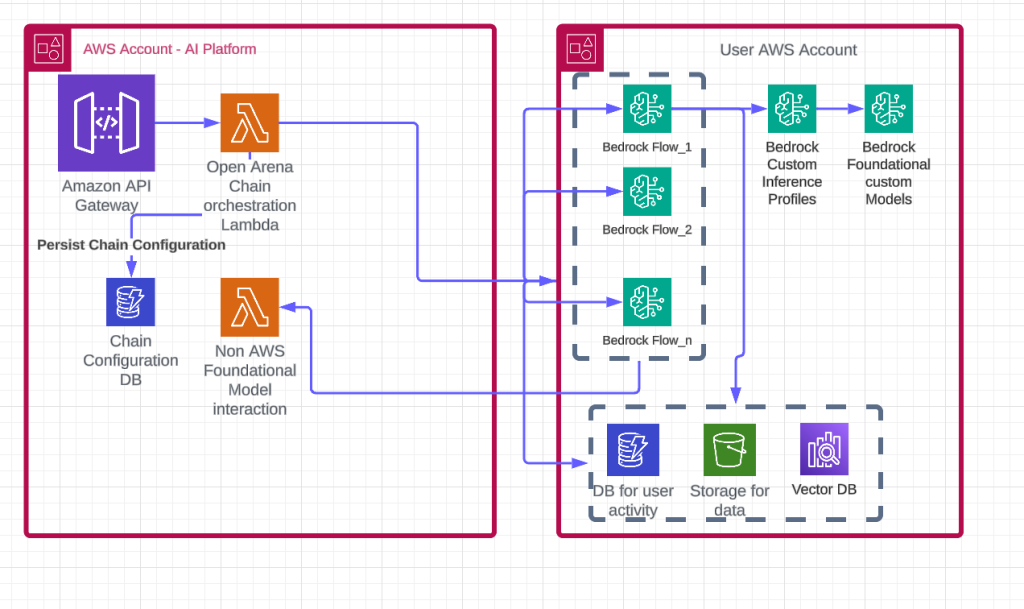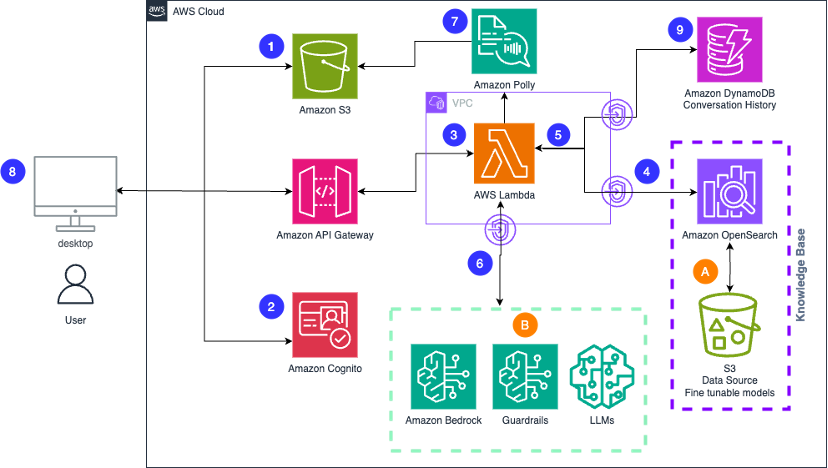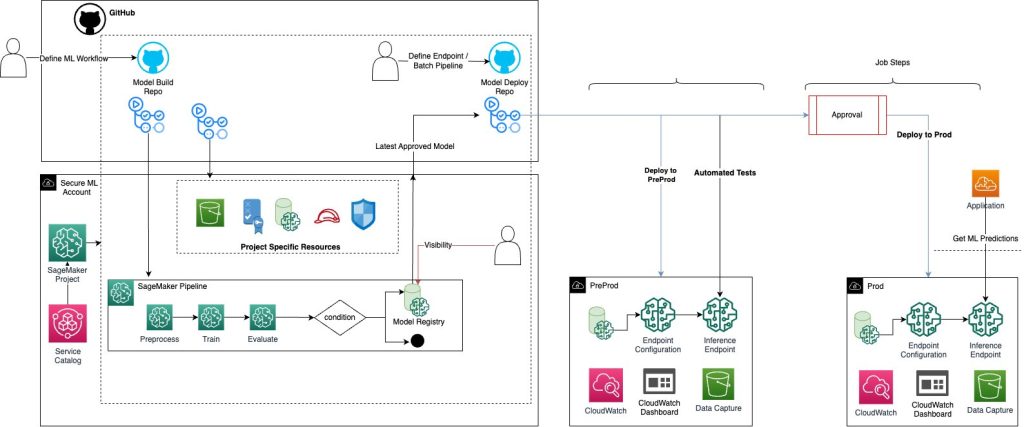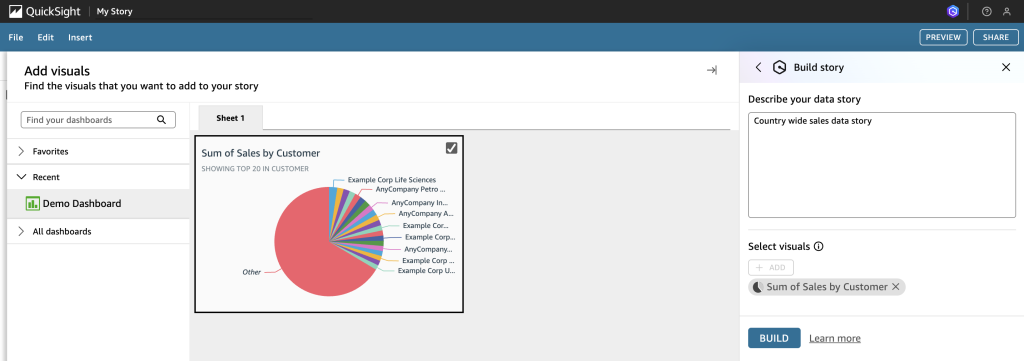Artificial Intelligence
Tag: AI/ML
Train custom computer vision defect detection model using Amazon SageMaker
In this post, we demonstrate how to migrate computer vision workloads from Amazon Lookout for Vision to Amazon SageMaker AI by training custom defect detection models using pre-trained models available on AWS Marketplace. We provide step-by-step guidance on labeling datasets with SageMaker Ground Truth, training models with flexible hyperparameter configurations, and deploying them for real-time or batch inference—giving you greater control and flexibility for automated quality inspection use cases.
How Wipro PARI accelerates PLC code generation using Amazon Bedrock
In this post, we share how Wipro implemented advanced prompt engineering techniques, custom validation logic, and automated code rectification to streamline the development of industrial automation code at scale using Amazon Bedrock. We walk through the architecture along with the key use cases, explain core components and workflows, and share real-world results that show the transformative impact on manufacturing operations.
MSD explores applying generative Al to improve the deviation management process using AWS services
This blog post has explores how MSD is harnessing the power of generative AI and databases to optimize and transform its manufacturing deviation management process. By creating an accurate and multifaceted knowledge base of past events, deviations, and findings, the company aims to significantly reduce the time and effort required for each new case while maintaining the highest standards of quality and compliance.
Accelerating genomics variant interpretation with AWS HealthOmics and Amazon Bedrock AgentCore
In this blog post, we show you how agentic workflows can accelerate the processing and interpretation of genomics pipelines at scale with a natural language interface. We demonstrate a comprehensive genomic variant interpreter agent that combines automated data processing with intelligent analysis to address the entire workflow from raw VCF file ingestion to conversational query interfaces.
Make your web apps hands-free with Amazon Nova Sonic
Graphical user interfaces have carried the torch for decades, but today’s users increasingly expect to talk to their applications. In this post we show how we added a true voice-first experience to a reference application—the Smart Todo App—turning routine task management into a fluid, hands-free conversation.
Democratizing AI: How Thomson Reuters Open Arena supports no-code AI for every professional with Amazon Bedrock
In this blog post, we explore how TR addressed key business use cases with Open Arena, a highly scalable and flexible no-code AI solution powered by Amazon Bedrock and other AWS services such as Amazon OpenSearch Service, Amazon Simple Storage Service (Amazon S3), Amazon DynamoDB, and AWS Lambda. We’ll explain how TR used AWS services to build this solution, including how the architecture was designed, the use cases it solves, and the business profiles that use it.
Build scalable creative solutions for product teams with Amazon Bedrock
In this post, we explore how product teams can leverage Amazon Bedrock and AWS services to transform their creative workflows through generative AI, enabling rapid content iteration across multiple formats while maintaining brand consistency and compliance. The solution demonstrates how teams can deploy a scalable generative AI application that accelerates everything from product descriptions and marketing copy to visual concepts and video content, significantly reducing time to market while enhancing creative quality.
Building smarter AI agents: AgentCore long-term memory deep dive
In this post, we explore how Amazon Bedrock AgentCore Memory transforms raw conversational data into persistent, actionable knowledge through sophisticated extraction, consolidation, and retrieval mechanisms that mirror human cognitive processes. The system tackles the complex challenge of building AI agents that don’t just store conversations but extract meaningful insights, merge related information across time, and maintain coherent memory stores that enable truly context-aware interactions.
Implement a secure MLOps platform based on Terraform and GitHub
Machine learning operations (MLOps) is the combination of people, processes, and technology to productionize ML use cases efficiently. To achieve this, enterprise customers must develop MLOps platforms to support reproducibility, robustness, and end-to-end observability of the ML use case’s lifecycle. Those platforms are based on a multi-account setup by adopting strict security constraints, development best […]
Automate Amazon QuickSight data stories creation with agentic AI using Amazon Nova Act
In this post, we demonstrate how Amazon Nova Act automates QuickSight data story creation, saving time so you can focus on making critical, data-driven business decisions.
